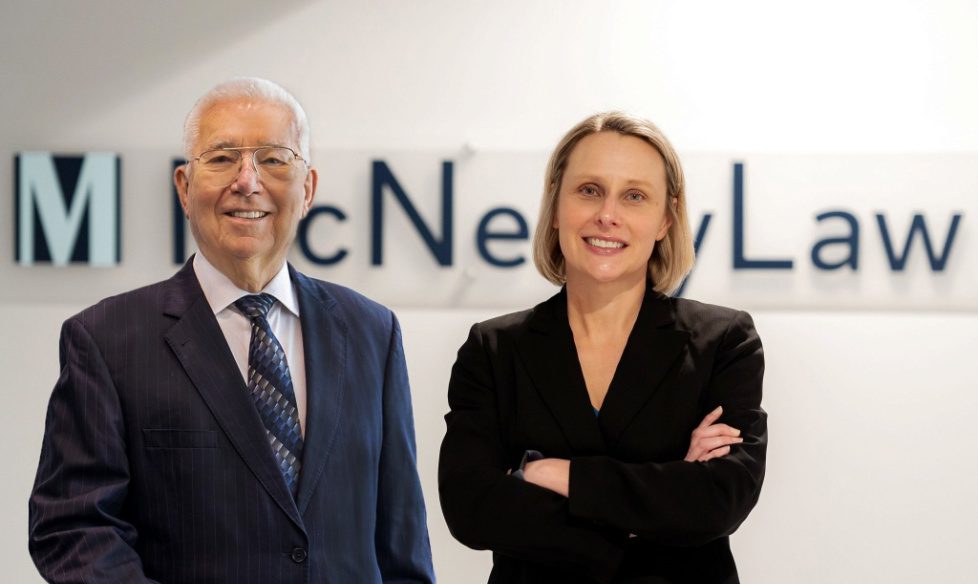news & events
Dreading Capital Gains Tax on Your Investment Properties? A 1031 Exchange May be an Answer to Your Problem
Savvy investors can use 1031 Exchanges (otherwise known as “like-kind exchanges”) to defer capital gains and build wealth.
Typically, a gain made from the sale of a real estate investment property will be taxed to the seller at the time of the sale as a capital gain. Capital gains tax can make a sizeable dent in the amount of money earned from the sale of an investment property. A 1031 Exchange allows a taxpayer to defer (but not avoid) taxable gain on an exchange of like-kind property. The term gets its name from Section 1031 of the Internal Revenue Service (IRS) Code.
Generally, a 1031 Exchange is a swap of one investment property for another. Although most swaps of real estate property are taxable at the time of their sale, if it meets the requirements of a 1031 Exchange, the seller may either have no tax or only a limited tax due at the time of the exchange. This will allow your investment to continue growing on a tax deferred basis.
There are currently no limits on how many times or how frequently you can do a 1031 Exchange. Once you finally decide to sell your real estate investment for cash many years later, you will only be taxed once. Before attempting to initiate a 1031 Exchange, a real estate investor must first make sure that he or she understands the requirements necessary to complete a 1031 Exchange.
First, a 1031 Exchange can only be made with like-kind properties which are real estate assets of a similar nature, regardless of grade or quality. For example, a single-family rental property being “exchanged” for multifamily rental building would be considered a like-kind property.
Next, a 1031 Exchange may only be used for properties that are being held for a business or investment purpose. Specifically, in order for a 1031 Exchange to be valid, both the relinquished investment property as well as the replacement investment property must be held for a business or investment purpose.
Finally, the swap of real estate properties must take place within an allowed period of time under what is known as the “Actual Transfer” requirement. While the Actual Transfer requirement can sometimes by complex, generally it requires the 1031 Exchange to take place within 180 calendar days of the date that the relinquished property was sold. Furthermore, any qualified property that you intend to utilize as the replacement property in the exchange must be identified in writing through a third party within 45 days of the date in which you sold the relinquished property. Importantly, a qualified intermediary must be used to facilitate the 1031 Exchange as the seller of the relinquished property is not allowed to receive or handle any funds from the transaction.
A 1031 Exchange is a great way for investors to defer capital gains and build wealth. These exchanges are complicated and any investor seeking to utilize one should seek professional advice.
This McNeelyLaw LLP publication should not be construed as legal advice or legal opinion of any specific facts or circumstances. The contents are intended for general informational purposes only, and you are urged to consult your own lawyer on any specific legal questions you may have concerning your situation.
Welcome To Our Blog. Looking for a specific post?


